Carolina Cherry Laurel (Prunus Caroliniana): Leaves, Flowers, Berries (Pictures) – Identification and Care Guide

Carolina cherry laurel is a popular evergreen shrub, and it’s an excellent choice for hedges and privacy screens. The plant’s best features are its attractive densely growing foliage and showy flowers. Carolina cherry laurel plants are identified by shiny green lance-shaped leaves, attractive white flowers, and black berries in the fall. Both the leaves and flowers produce a pleasant fragrance.
Red Fruits with Pictures and Names – Identification Guide
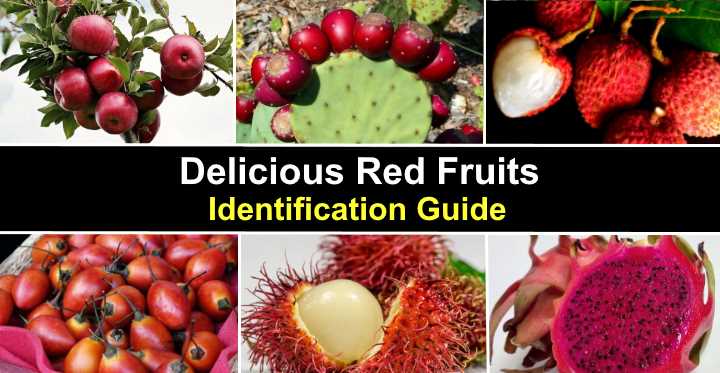
Red fruits come in all shapes and sizes. The most common red fruits are red apples, red pears, strawberries, raspberries, red cherries, and red plums. Some examples of exotic red fruits include red cactus fruit and red passion fruit. Other exotic fruits include red dragon fruit and lychee with its bumpy red skin and white fleshy center. Pomegranate is a tasty red fruit that is full with seeds encased in sweet red juice.
White Bugs on Plants (Including Tiny Bugs): Pictures, Identification and Control

White bugs on plants can do tremendous damage to plant leaves, stems, roots, and flowers. Some small fuzzy white bugs bite into plant tissue, sucking plant juices and sap. You may notice other white insects that look like tiny whitish dots lurking under leaves. There are also white spider-like bugs that feed on sap from plants and cause leaves to turn yellow or brown.
Skip Laurel (Schip Laurel): Leaves, Flowers, Fruit (Pictures) – Identification and Care Guide
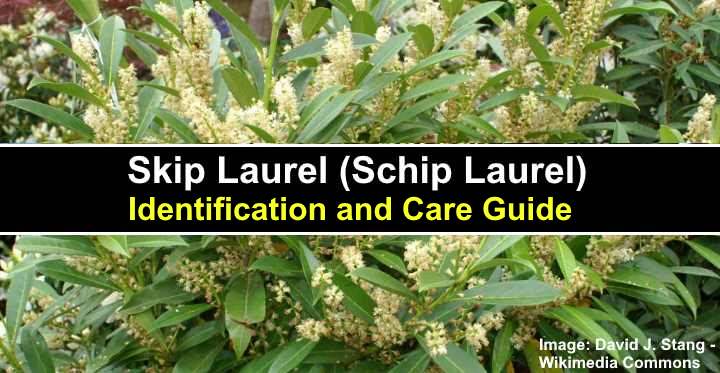
Skip laurel is an upright leafy evergreen shrub and a cultivar of the popular hedge plant Prunus laurocerasus (cherry laurel). Also called Schip laurel or Schipka cherry laurel, the fast-growing shrub has glossy green pointed leaves, clusters of fragrant white flowers, and blackish-purple berries. This dense, spreading, rounded shrub thrives in almost any soil type when growing in full sun to partial shade.
Eastern Red Cedar Tree With Pictures and Identification

The eastern red cedar is an evergreen tree with scale-like leaves, small yellow flowers, and blue berry-like cones. The medium-sized coniferous tree is common throughout North America. The red cedar is identified by its reddish-brown bark, blueish-green leaves that turn bronze in winter, and columnar or pyramidal shape. Apart from being a tall specimen tree, easter red cedars are popular as evergreen hedge plants due to their dense foliage.
15 Types of Orange Spiders With Pictures and Identification (Including Orange and Black Spiders)
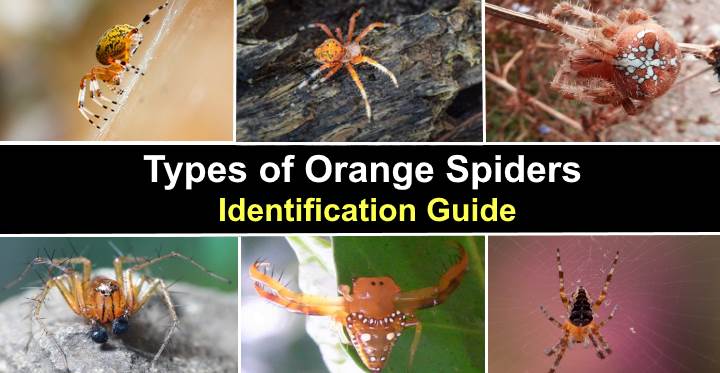
Orange spiders are relatively rare because only a few species of spiders have orange bodies and heads. The most common orange spider is the marbled orb-weaver with its bulbous orange abdomen and orange and black patterns. Other species of orange arachnids include the woodlouse spider, cross orb-weaver spider, and triangular spiders. There are also species of jumping spiders with orange and black bodies.
Cherry Laurel (English Laurel): Leaves, Flowers, Fruit (Pictures) – Identification Guide
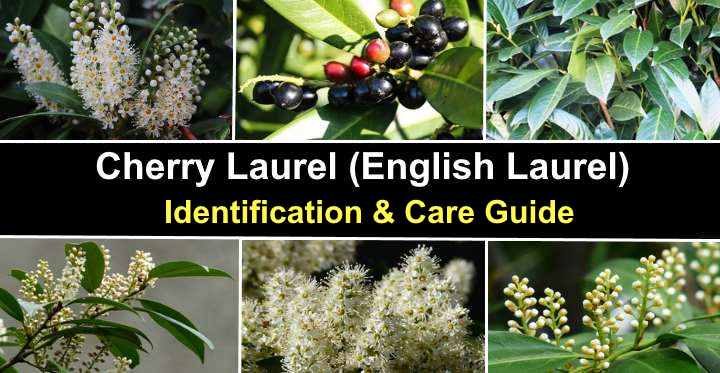
Cherry laurel is an attractive evergreen ornamental shrub. Cherry laurel shrubs create a beautiful flowering hedge or screen due to their glossy green lanceolate leaves, sweet white flowers, and black berries. You can also grow a cherry laurel as a flowering specimen plant or a small tree as a focal point in a garden landscape. A cherry laurel also has characteristics of sweet-smelling flowers and leaves that emit an almond aroma when crushed.
Horse Chestnut Tree: Leaves, Flowers, Bark (Pictures) – Identification

Horse chestnut is a large deciduous tree with spiky green balls containing a large, oval brown seed like the nuts (seeds) from a buckeye tree. A horse chestnut tree is easy to identify in the landscape due to its large, rounded leaves, white-pinkish flowers growing in conical clusters, domed crown, and tall stature. Although too large for most gardens, horse chestnut trees are popular in parks and streets.
Types of Flying Bugs and Insects (With Pictures) – Identification Guide
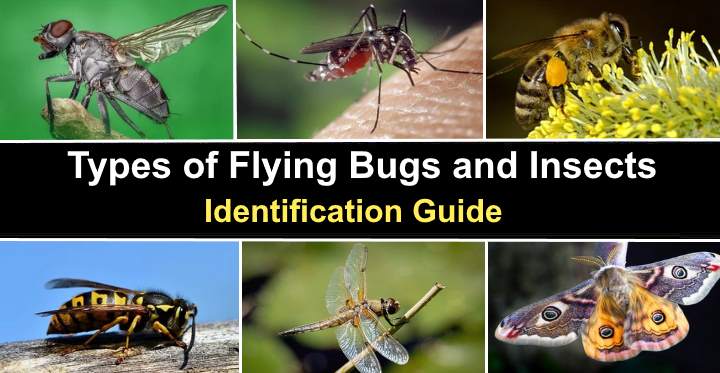
Flying bugs and insects come in all shapes and sizes. Identifying species of flying insects and bugs in your home is vital to recognize harmless, venomous, and disease-carrying pests. Also, in your garden, flying insects can inflict a nasty sting or damage your ornamental flowering shrubs. However, not all winged bugs and insects are dangerous. Many insects that fly perform vital tasks such as pollinating flowers or feeding on plant-destroying pests.
Spiders With White Spots – Black and Brown (Pictures) – Identification Guide
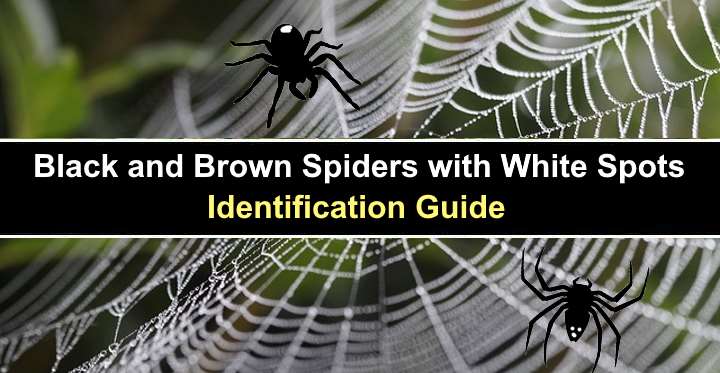
Black or brown spiders with white spots can include several species of spiders. The presence of white spots on a spider’s head, abdomen, or legs helps to identify individual types of spiders. White-spotted brown or black spiders aren’t necessarily an indication of a venomous or harmless spider. However, most of the spiders with white spots in this article are non-venomous spiders.
